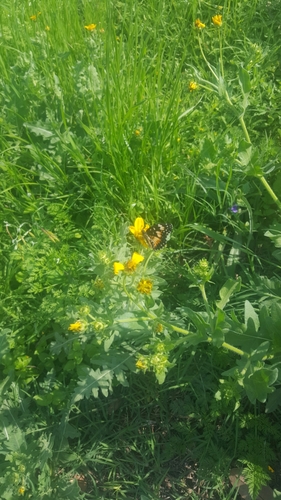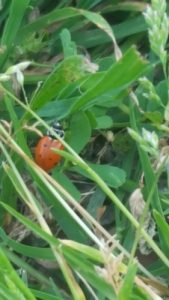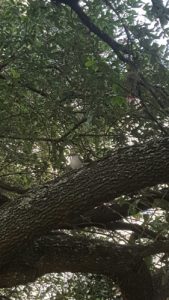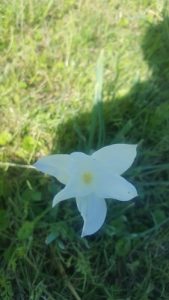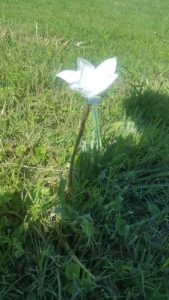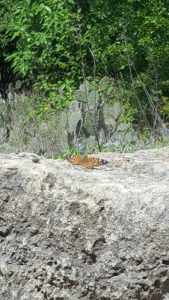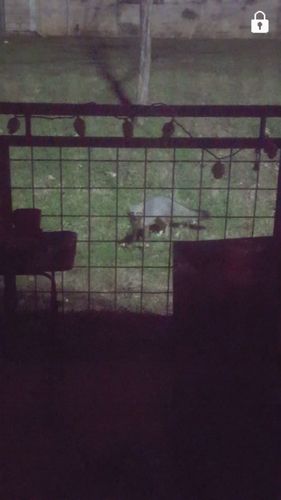Spotted this guy while on a hike at Blunn Creek Nature Preserve. Fun fact: caterpillars look like bird dropping to deter predators (effective, but at what cost?). The live mainly in deciduous forests, but are considered pests in their other habitat: citrus orchards. They range from southeastern Canada to Central America and the Caribbean.
https://www.inaturalist.org/observations/5922630

